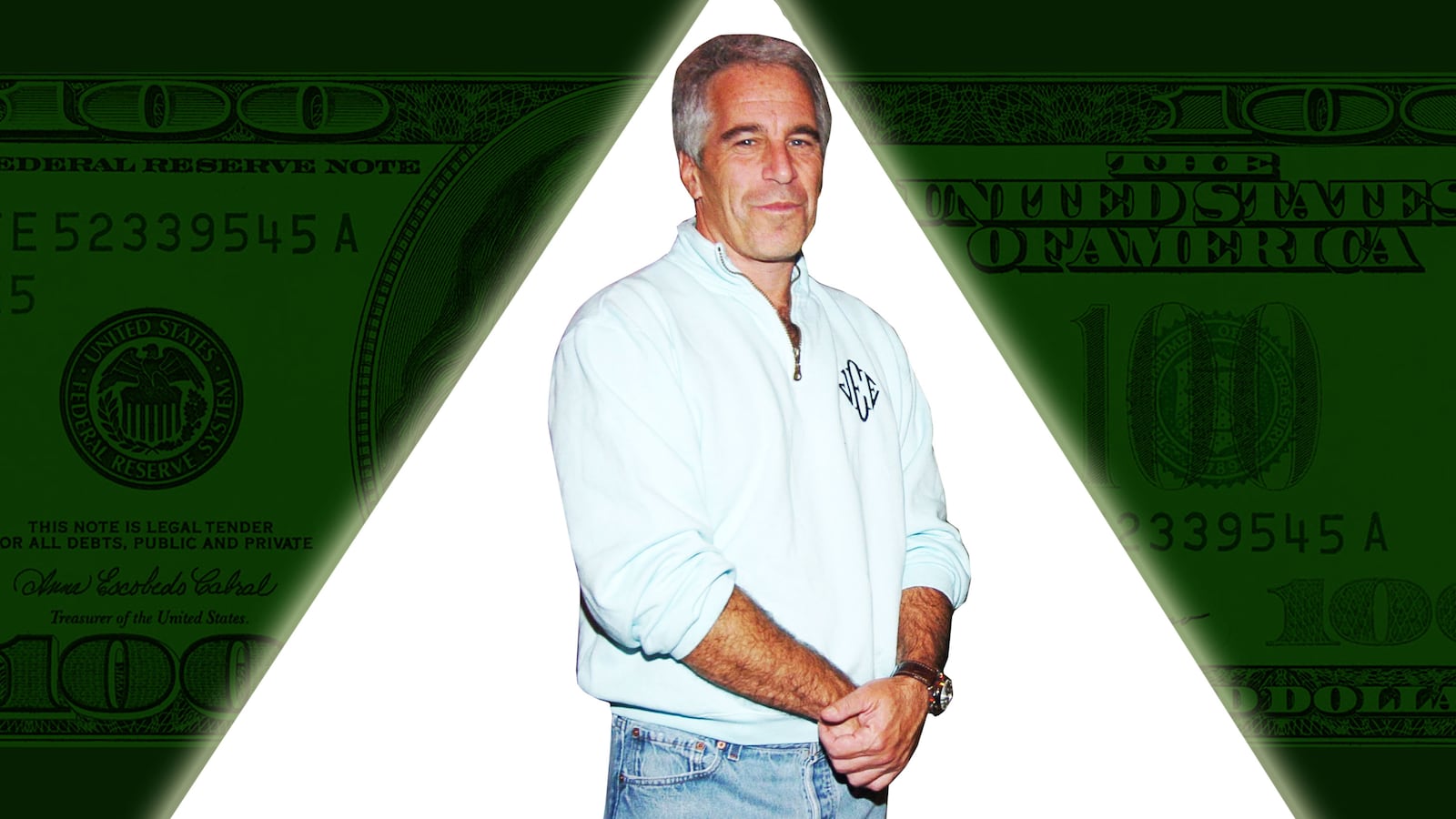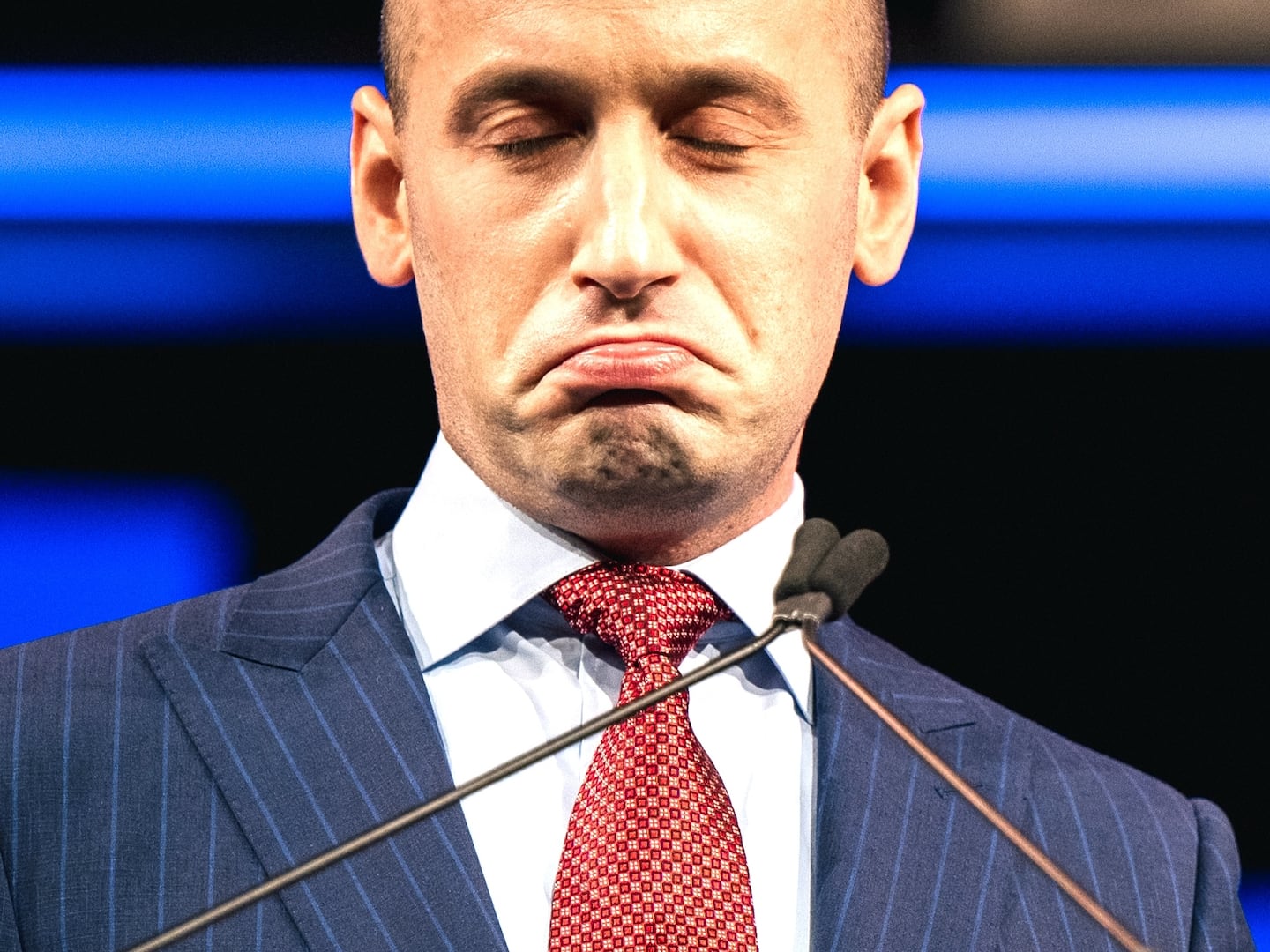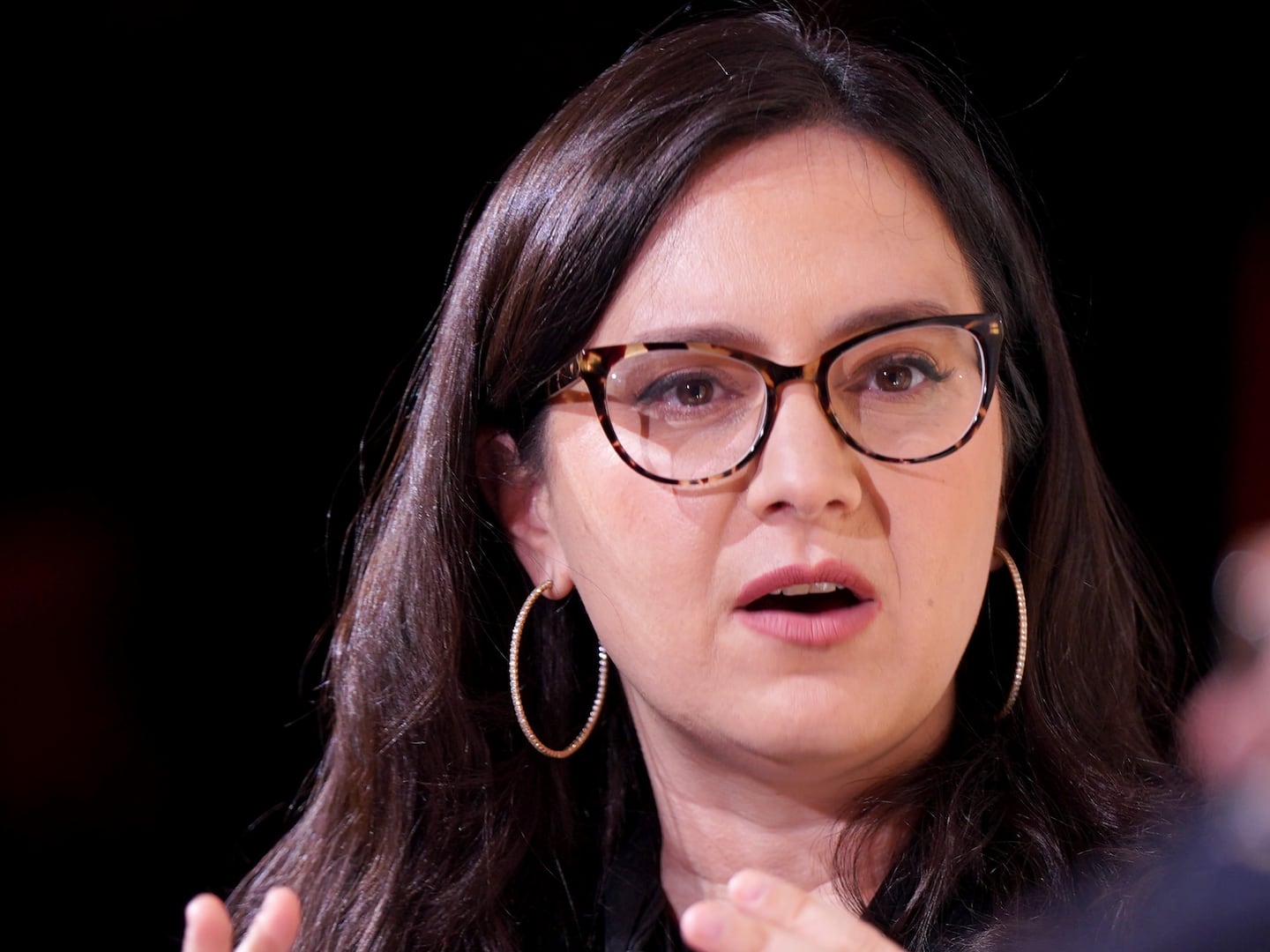Editor's note: On August 10, 2019, Jeffrey Epstein died in an apparent jailhouse suicide. For more information, see The Daily Beast's reporting here.
In a court filing last week, prosecutors said they had determined that financier Jeffrey Epstein was worth at least $500 million and earning $10 million a year—the first concrete details about his wealth to emerge in years.
But while the documents confirmed that the accused sex trafficker is fantastically wealthy, the source of Epstein’s fortune remains a mystery. How did a money manager with a single confirmed client amass riches including a $77-million Manhattan mansion and his own private Caribbean island?
Convicted financial swindler Steven Hoffenberg has offered an explanation: He claims Epstein is a Ponzi schemer who helped him bilk tens of thousands of investors in the 1980s and 1990s.
“Epstein and the corporations he formed were my co-conspirators,” Hoffenberg alleged in an affidavit for a federal lawsuit.
“Epstein has remained free and has used and benefited from the ill-gotten gains he amassed as a result of his criminal and fraudulent activities.”
Hoffenberg is a cartoonish character who burst onto the public scene in 1993 when then-Gov. Mario Cuomo asked the bill-collection kingpin to rescue the New York Post, then owned by bankrupt real estate titan Peter Kalikow.
Hoffenberg had barely taken control of the paper, while waiting for his deal with Kalikow to go through, when the Securities and Exchange Commission, which had been investigating him for years, filed a civil suit against him and his company, Towers Financial.
A year later, Hoffenberg was under indictment, charged with selling $460 million worth of bogus notes and bonds and using the proceeds from some to pay interest to others in what was then one of the biggest Ponzi schemes in history.
He pleaded guilty, was sentenced to 20 years in prison, and was released in 2013. Three years later, he filed a lawsuit against Epstein, blaming him for the fraud and claiming that he had tried to warn authorities about Epstein’s financial chicanery for years.
Hoffenberg, often described as Epstein’s former mentor, has told journalist Vicky Ward that they met in the 1980s, shortly after Bear Stearns gave Epstein the boot over “illegal operations.” (Ward would discover a 1989 deposition for a civil case, in which Epstein admitted to a possible “Reg D” violation—allegedly loaning a friend $20,000 to buy stock—which led to his departure from the investment bank). Epstein was running his own consulting company, International Assets Group Inc., from his New York apartment.
Hoffenberg claims he hired Epstein and that his purported protégé devised a failed scheme to take over Pan American Airways and Emery Air Freight Corp, financing bids through Towers Financial’s acquisition of two ailing insurance companies in Illinois, Associated Life and United Fire.
Epstein made trades through others, because he didn’t have a broker’s license, and he “misappropriated the proceeds for personal use in connection with his investment business,” Hoffenberg’s lawsuit alleges.
Hoffenberg says he and Epstein, and others at Towers, promised to invest $3 million into the companies, in order to persuade the Illinois Department of Insurance to approve their acquisition. But instead, they used $3 million of the companies’ bonds to buy Pan Am and Emery stocks, the complaint states. As a result, the insurance companies allegedly lost more than $1 million.
Epstein also “manipulated the price of Emery stock to minimize the losses which occurred when Mr. Hoffenberg’s and Mr. Epstein’s bids failed and the share price began to fall,” the lawsuit alleges. “This involved multiple brokerage accounts which were controlled by Mr. Epstein.”
Meanwhile, Hoffenberg alleges, Epstein was misappropriating and transferring the insurance companies’ investments and cash to brokerage accounts in New York.
In 1991, the director of insurance for the state of Illinois sued Hoffenberg; Epstein was not a defendant, but the complaint claimed he and his company improperly received $215,000 worth of checks from the insurance companies’ accounts.
When Towers became insolvent in the late 1980s, Hoffenberg and Epstein allegedly masterminded another Ponzi scheme by selling about $272 million in promissory notes. Towers provided investors with “bogus income and asset figures to conceal [its] true financial condition,” court papers allege.
In 1990, the duo fraudulently sold about $210 million in bonds and again provided phony financial statements, the lawsuit says. The proceeds from the sale of bonds and promissory notes were used to pay Towers’ operating expenses.
When the feds indicted Hoffenberg and he pleaded guilty, he did not implicate Epstein. But in the 2016 lawsuit, perversely seeking restitution on behalf of the victims, Hoffenberg claimed that for more than 15 years, he “has made every effort to expose Mr. Epstein’s fraudulent Ponzi schemes.”
Epstein’s attorney, Bennett Moskowitz, asked Manhattan Federal Judge Richard Sullivan to dismiss the case, noting that another federal judge had previously warned Hoffenberg “against pursuing frivolous or otherwise improper litigation” related to his victims.
“Hoffenberg’s victims, whom he is prohibited from contacting, are better positioned to pursue their own rights than the man who defrauded them,” Moskowitz wrote to the court.
Hoffenberg ultimately withdrew the suit, saying the victims “may be in a better position to pursue and assert their own claims” against Epstein.
In August 2018, two victims did file a class-action lawsuit against Epstein in New York, describing him as “an uncharged co-conspirator” of Hoffenberg’s Ponzi scheme and claiming Epstein used his ill-gotten gains “to support a lavish lifestyle.”
The complaint, filed by Marvin Gerber and Kalma Koenig, contains the same allegations surrounding the failed Pan Am and Emery acquisitions. Epstein, they said, manipulated the stock price by opening a number of brokerage accounts to execute false trades and artificially inflate the price of Emery stock. “As the puppet master of Emery stock fraud, Epstein was making sizeable profits off his trading on insider information,” the lawsuit states.
The victims’ complaint alleges that prosecutors offered Hoffenberg a reduced sentence in exchange for divulging information about his co-conspirators, but Hoffenberg didn’t provide any intel on Epstein—until his lawsuit in May 2016.
In a September 2018 motion to dismiss the victims’ suit, Moskowitz stated “Hoffenberg remains intent on shifting blame for his own massive Ponzi scheme.” He argued the victims’ claims should be dismissed because the statute of limitations had passed and because Epstein’s firm wasn’t even formed until several years after the Ponzi scheme in question.
In October 2018, Gerber and Koenig voluntarily dismissed their complaint, without prejudice, leaving them open to filing claims in the future.
When Epstein was first accused of trafficking underage girls, in Florida in 2005, Hoffenberg was still in prison, serving his sentence for the Ponzi scheme. Epstein dodged a federal indictment and pleaded guilty to a state charge of prostitution, serving 13 months, mostly work release.
But Hoffenberg was a free man when Epstein was arrested last week on federal sex-trafficking charges in New York. He gave an interview to Quartz in which he reiterated his claims that Epstein was his accomplice.
“He was my colleague daily, seven days a week,” Hoffenberg said.











